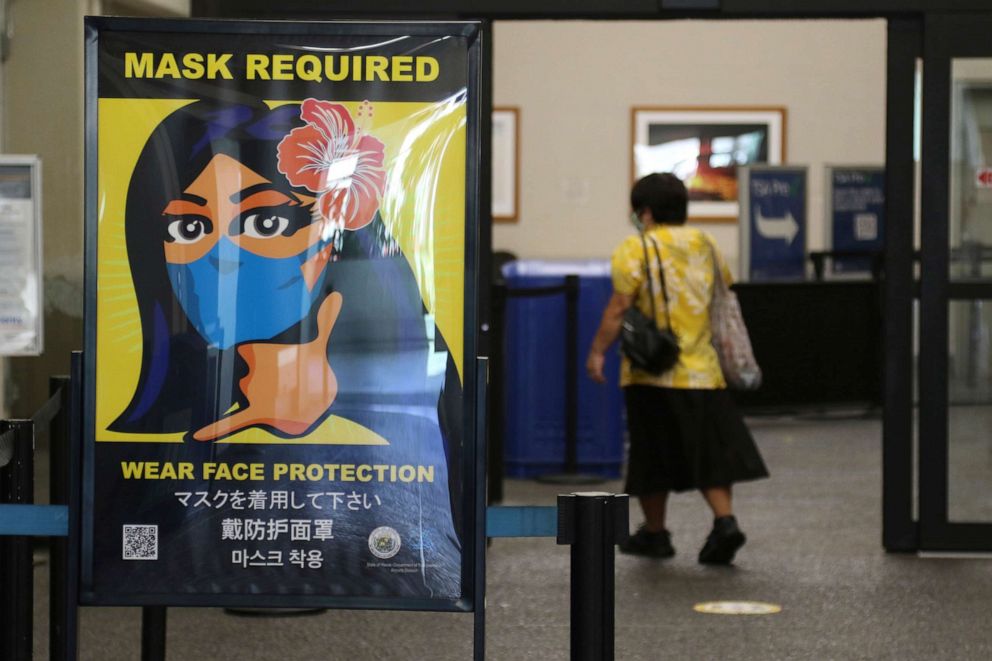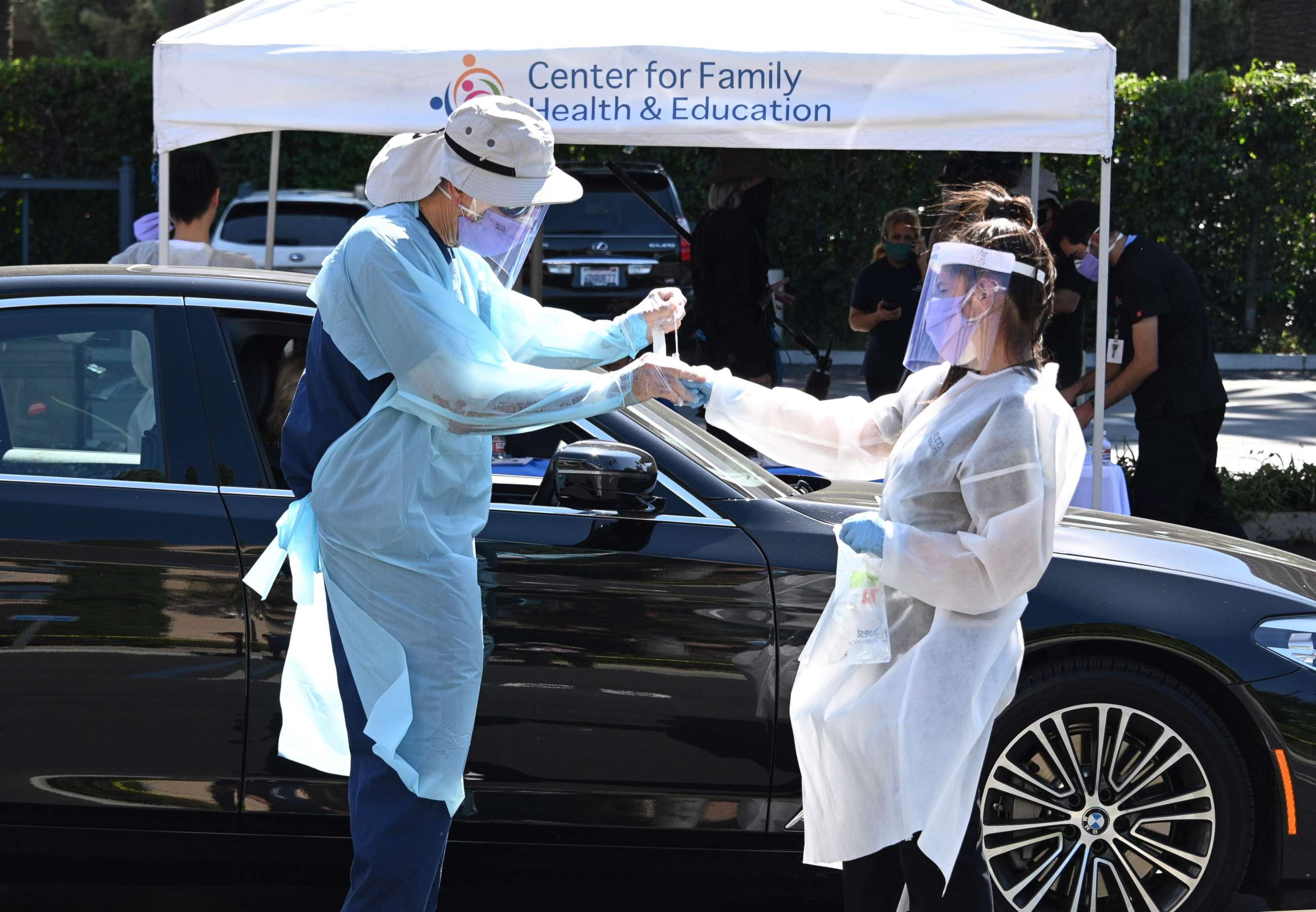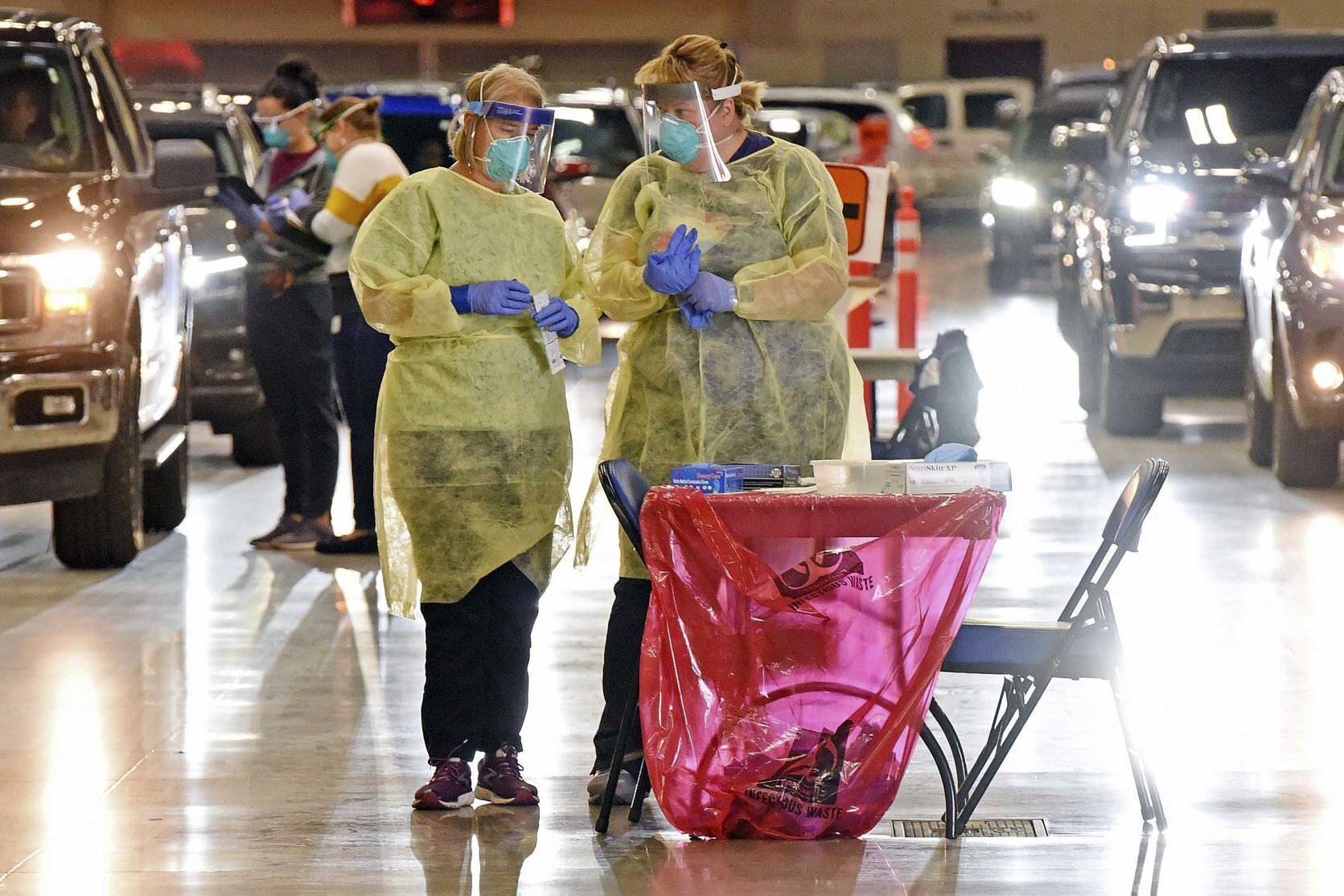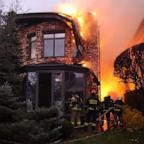80% of ICU beds are full at 25% of US hospitals, HHS memo says
According to an internal memo from the U.S. Department of Health and Human Services that was obtained by ABC News, 25% of the nation's hospitals are reporting that beds in intensive care units are more than 80% full.
The memo, which is circulated to the highest levels of the federal government and is used to determine daily priorities for the agencies working on COVID-19 response, said 29 U.S. states and territories are in an upward trajectory of infections, while 10 jurisdictions are at a plateau and 17 others are in a downward trend.
There were 314,894 new cases confirmed during the period of Oct. 1-Oct. 7, a 6% increase from the previous week. There were also 4,730 coronavirus-related fatalities recorded during the period of Oct. 1-Oct. 7, a 5.2% decrease compared with the week prior, according to the memo.
Meanwhile, the national positivity rate for COVID-19 tests increased from 4.5% to 5.7% in week-to-week comparisons, the memo said.

In Arkansas, the seven-day positivity rate for COVID-19 tests jumped from 7.1% to 22.8% -- a 300% increase -- between the weeks ending Sept. 24 and Oct. 1, according to the memo.
Delaware's seven-day COVID-19 case rate rose 41.6% to 1,009.5 cases per 1 million population on Oct. 4 from the previous week -- much higher than the regional rate of 633.5 cases per 1 million. The state's number of new COVID-19 cases, deaths and hospitalizations are all trending upward, the memo said.
In Hawaii, pet shelters are at capacity due to the financial impact of the coronavirus pandemic. On Oct. 30, the state will initiate the largest pet airlift across the Pacific Ocean in history, transporting hundreds of animals to Seattle from Kauai, Honolulu, Maui and Hawaii Island, according to the memo.
Idaho's daily average of COVID-19 hospitalizations increased from 7.3 to 8.7 per 100,000 population during the week ending Oct. 4, the memo said.
Indiana has also seen an upward trend in its seven-day COVID-19 hospitalization rate. Meanwhile, the state's number of new COVID-19 cases continues to rise, with the average of new daily cases rising 50% over the peak in April and May, according to the memo.
Multiple counties in Pennsylvania -- Philadelphia, Cambria, Bradford and Columbia -- reported their number of new COVID-19 cases doubling in the week ending Oct. 4
ABC News' Josh Margolin contributed to this report.







